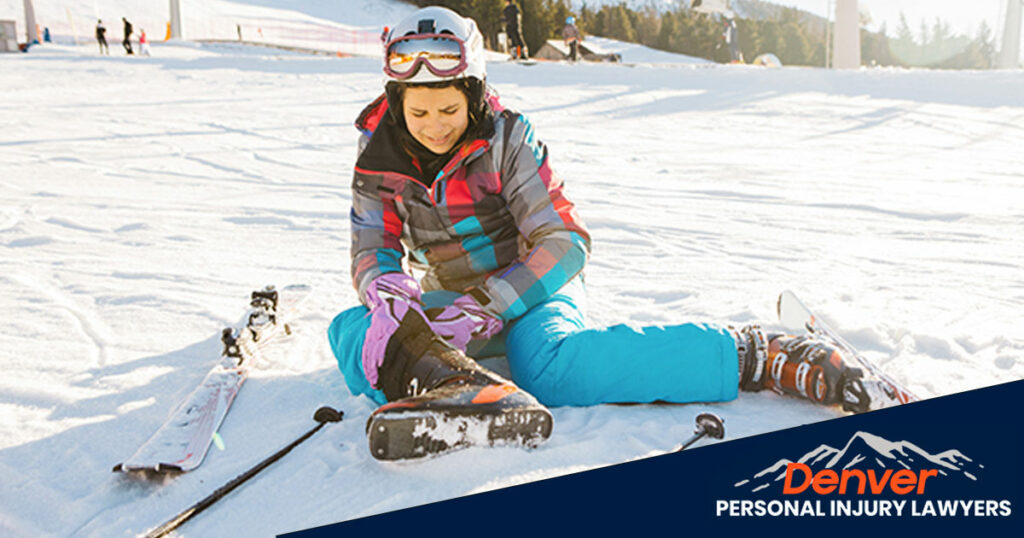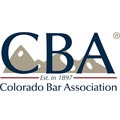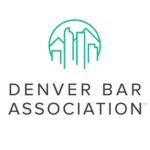Skiing is an exhilarating sport, but sometimes accidents happen. It’s not a contact sport, but skier and snowboarder collisions are common.
Ski injuries are distinguished for the severity and type that usually occur. Orthopedic injuries that often shatter long bones and joints are common. Such injuries require extensive or long-term care. Moreover, some studies suggest that over 30% of skier collisions result in head injuries. All of the abovementioned injuries can potentially leave the victim with permanent impairment.
The Colorado Ski Safety statute asserts that skiers are responsible for exercising caution and maintaining a lookout. Colorado’s laws only refer to “skiers,” but the law applies to anyone on the slopes. Under the law, there’s no inherent risk in skiing. So skiers have a duty to ski cautiously and maintain reasonable control. Any skier who fails to maintain control or a lookout can be found negligent. If another skier broadsides and injures you, they could be legally responsible for your damages.
Table of Contents
ToggleSkiing Personal Injury Cases Have Unique Legal Proceedings
Many people think that a ski collision is comparable to a car accident on the slopes. An inexperienced lawyer might even tell you that. However, that would be inaccurate. The process for determining liability and the laws regarding ski accidents are unique.
If another skier hits you, you need an experienced Denver ski accident lawyer with experience. Even better, they’ll understand the trails and terrains in the Colorado ski areas if they ski. Finally, a reasonable attorney can accurately reconstruct the ski accident to help establish liability.
Colorado and US Ski Accident Statistics
According to the National Ski Areas Association (NSAA), 51 million skiers and snowboarders hit the slopes in the 2020 season.
They also report the following from the 2020 ski season in the US:
- 29 catastrophic injuries
- 42 fatalities
- Which equates to less than one death per 1 million skier visits
- And .81 fatalities per 1 million skier visits
Colorado has a more severe ski accident statistic rate than the US:
- Accidents requiring minimal care are about 2.5 per 1000 skier visits
- Serious injuries needing emergency medical care are about 1 per 1000 skier visits
- Fatalities and catastrophic injuries are about .25 per 1000 skier visits.
- Less experienced skies are four times more likely to sustain injuries than advanced recreational skiers
- Even avid skiers are not entirely safe from a potential collision
So let’s say there are 1000 guests at Vail Mountain Resort on a typical day. So they can probably expect 2-3 accidents per day at that rate.
Colorado Ski Law
Colorado established the Colorado Ski Safety Act in 1979. The state legislature states that every skier and snowboarder assumes the risk of injury resulting from inherent dangers and risks. Furthermore, the law states that each skier has legal responsibility. Their responsibilities include knowing their ability and skiing within such limits. Finally, All skiers have a duty to maintain control of their speed and a proper lookout to avoid others and objects.
There is a statute of limitations for filing a ski accident claim. With the exception of extraordinary circumstances, ski accident victims have two years. So, if you want to file a claim for a ski accident, you must do so within two years of the accident.
A Denver ski accident lawyer would advise you to act promptly. Many ski resort employees are seasonal and come from all over the world. In addition, they may be called on as witnesses to testify for your case. Therefore, it will be better for your case to secure all relevant evidence and witnesses to increase your odds of a successful case outcome.
Liability in a Ski Accident
One of the biggest challenges in a ski collision case is determining which skier was uphill or the “overtaker.” First, it is essential to identify the uphill skier to determine liability. Under Colorado law, the uphill skier is at fault after an accident. That’s because the skier higher up has a duty to avoid the skier lower down. In addition, the nature of the victim’s injuries can give clues as to how the accident occurred. For example, we can infer the skiers’ speed and relative angles to each other from the injuries.
How Do I Recover Compensation After a Ski Accident in Colorado?
Medical expenses after a ski accident can easily reach six figures. The injured person may require special accommodations for long-term periods while recovering. Other expenses the victim might face include future medical expenses, loss of income, pain and suffering, and more. Sometimes family members might even need to take time off work to help the victim recuperate. You can seek compensation for these damages and losses from the responsible skier.
Travelers insurance and homeowners insurance coverage of the responsible skier are often the way to seek compensation. As skiing is a lucrative sport, most skiers own a home. Homeowners insurance coverage provides coverage for ski and snowboard accidents caused by the homeowner. However, if the at-fault party is an underage skier, they may get coverage under the parent’s homeowner’s insurance. It will depend on the specific circumstances of your case.
What Should I Do if I Was Injured in a Skiing Accident in Colorado?
Colorado law requires individuals to remain at the scene after a ski collision. The ski patrol will come and compile a report about the accident. The report will include the accident’s nature, location, and cause. Ski resorts often withhold these reports, so you may need your attorney to obtain them. Often ski operators will only surrender the complete accident report with a subpoena from an attorney.
Here are the steps to take after a ski or snowboarding collision:
Alert Other Approaching Skiers
Ask a nearby skier to alert others. A common practice is to plant skis in an X uphill from the collision. This is the universal signal to inform others of an injury.
Call Ski Patrol and Check for Injuries
If you believe you have injuries, call ski patrol. It’s better to have help even if you are unsure. Refrain from trying to ski or ride down the mountain, as that can worsen injuries if you have any.
Some resorts have an app that you can use to contact ski patrol. For example, several ski resorts in Colorado use the EpicMix app. You can use the app to share your location and click a button for medical help.
Exchange Information with the Other Party
Under the ski safety act, skiers involved in a collision must exchange information. In addition, you can face criminal charges if you leave the collision scene.
Document and Gather Evidence
Take pictures of the accident scene and the collision area if you can. If you are with a friend, ask them to take pictures. You might need to consult your Denver ski accident lawyer to obtain the ski patrol’s accident report.
Get witness information
Ski patrol will not usually get witness contact information or take statements from them. Therefore, you should try to get information from anyone who witnessed the collision.
Call an Attorney with Experience in Denver Ski Accident Cases
Skiing accidents require an experienced Denver ski accident lawyer with experience handling the unique nuances. It’s not simply a “car accident” on the slopes and requires different legal processes.
If you or a loved one sustained injuries in a ski accident in Colorado, contact us today to schedule your free, no-obligation consultation or call (720)500-HURT.
















